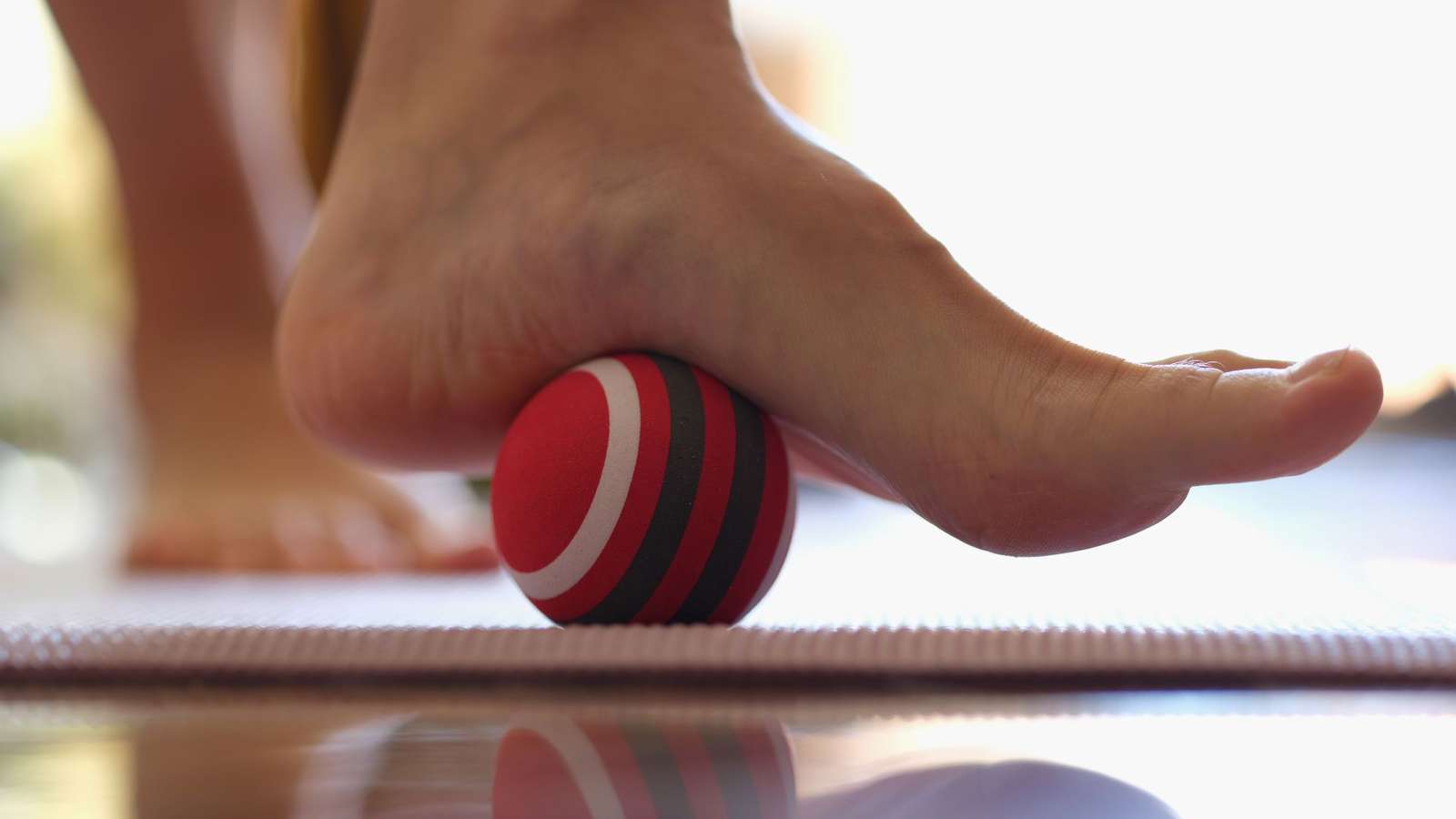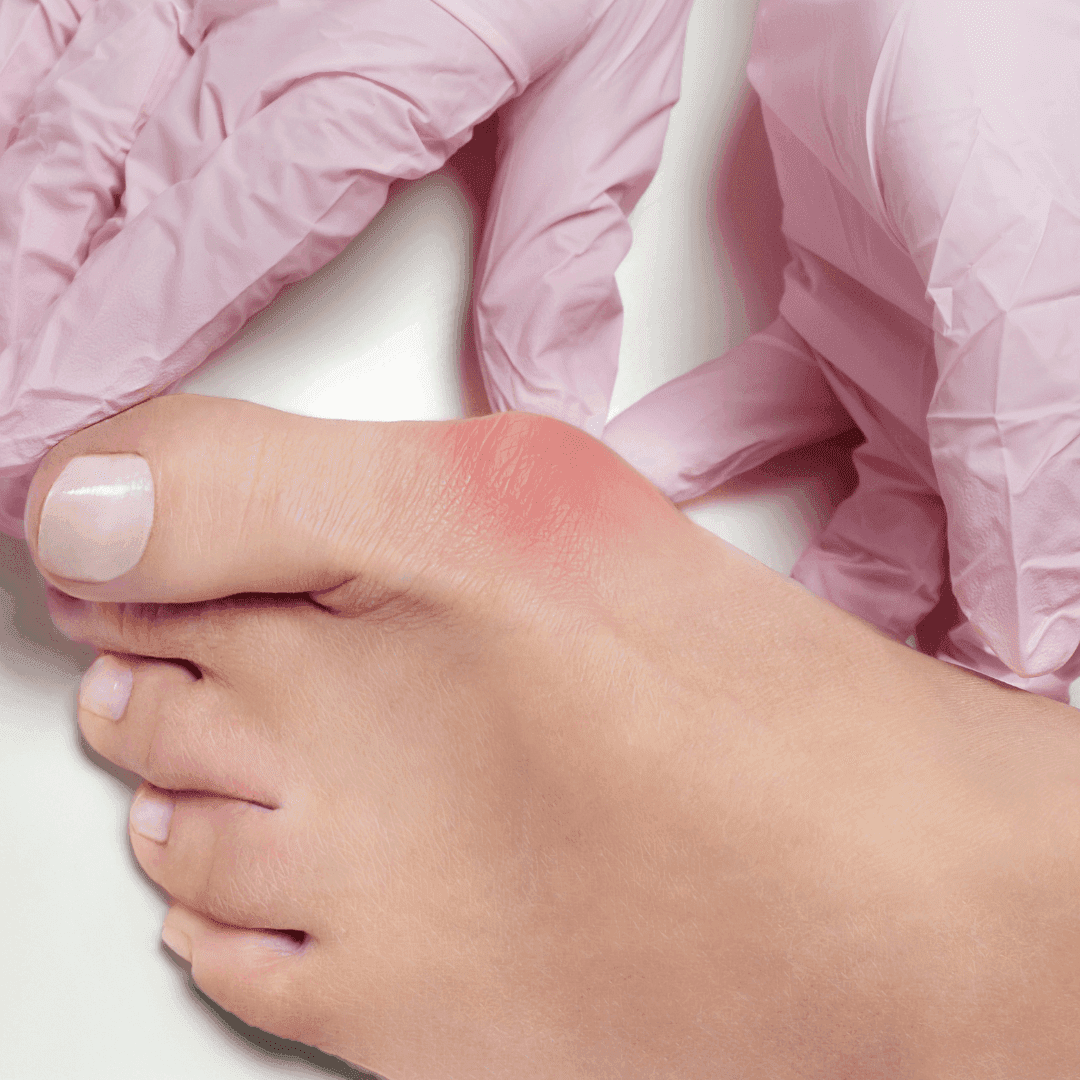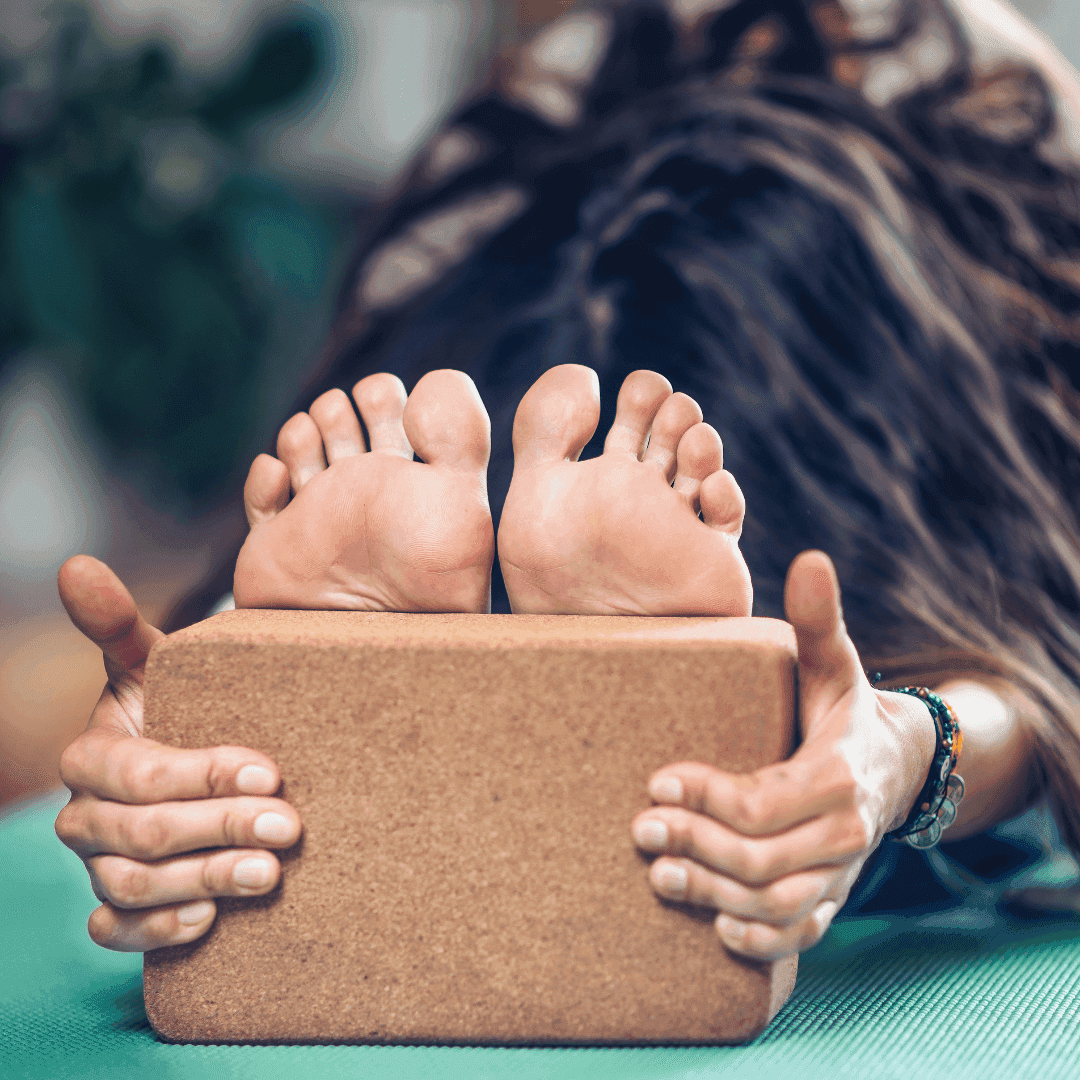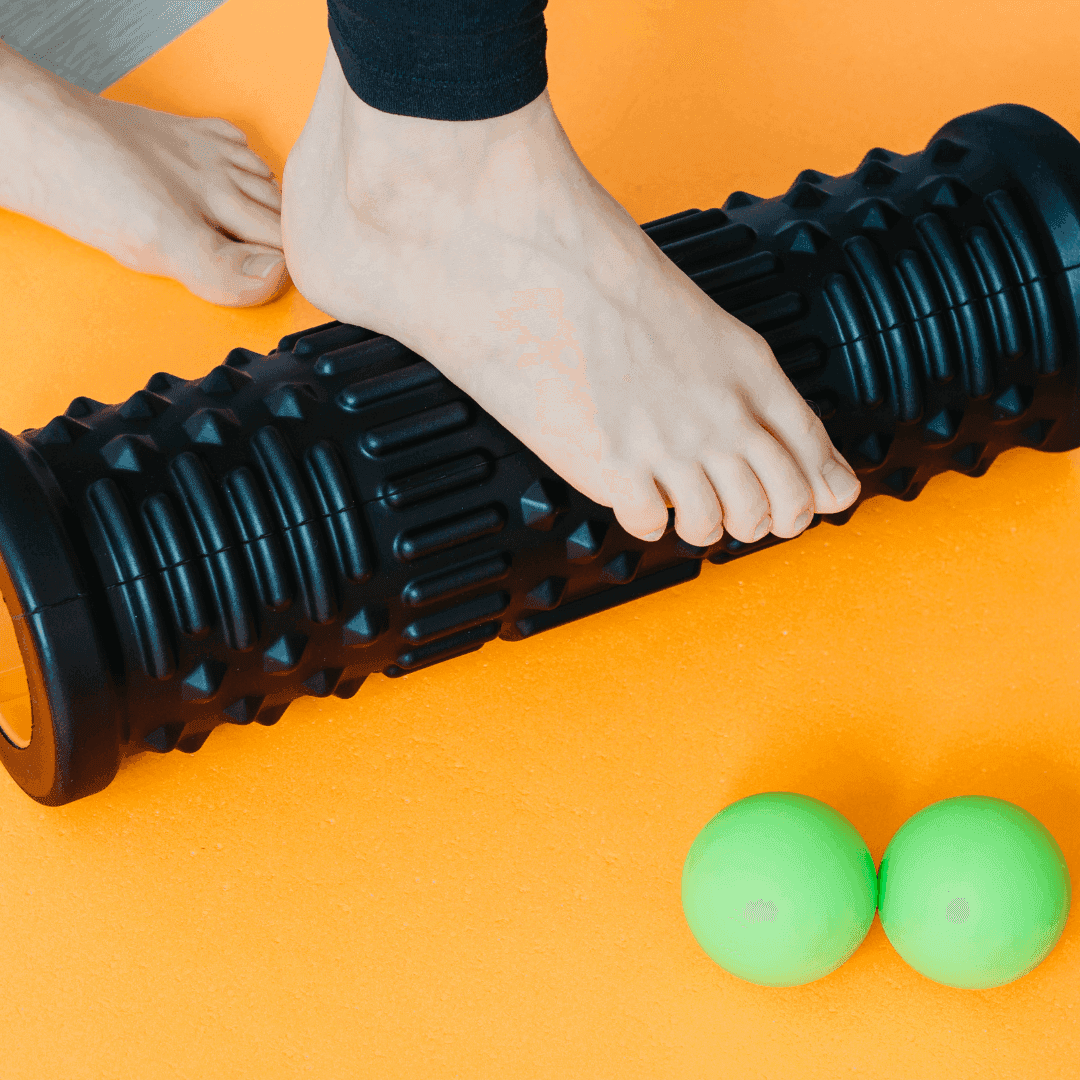Dealing with bunion pain? You’re not alone. Finding the right strategies for bunion pain relief doesn’t have to involve surgery right away. Introducing foot exercises for bunions into your daily routine can help manage discomfort and improve overall foot health.
While exercises can’t reverse the bunion itself, they can strengthen surrounding muscles, improve flexibility, and reduce pressure. Pair your efforts with a Compeed Bunion Plaster for extra protection and cushioning, and you’ve got a solid plan for bunion relief.




